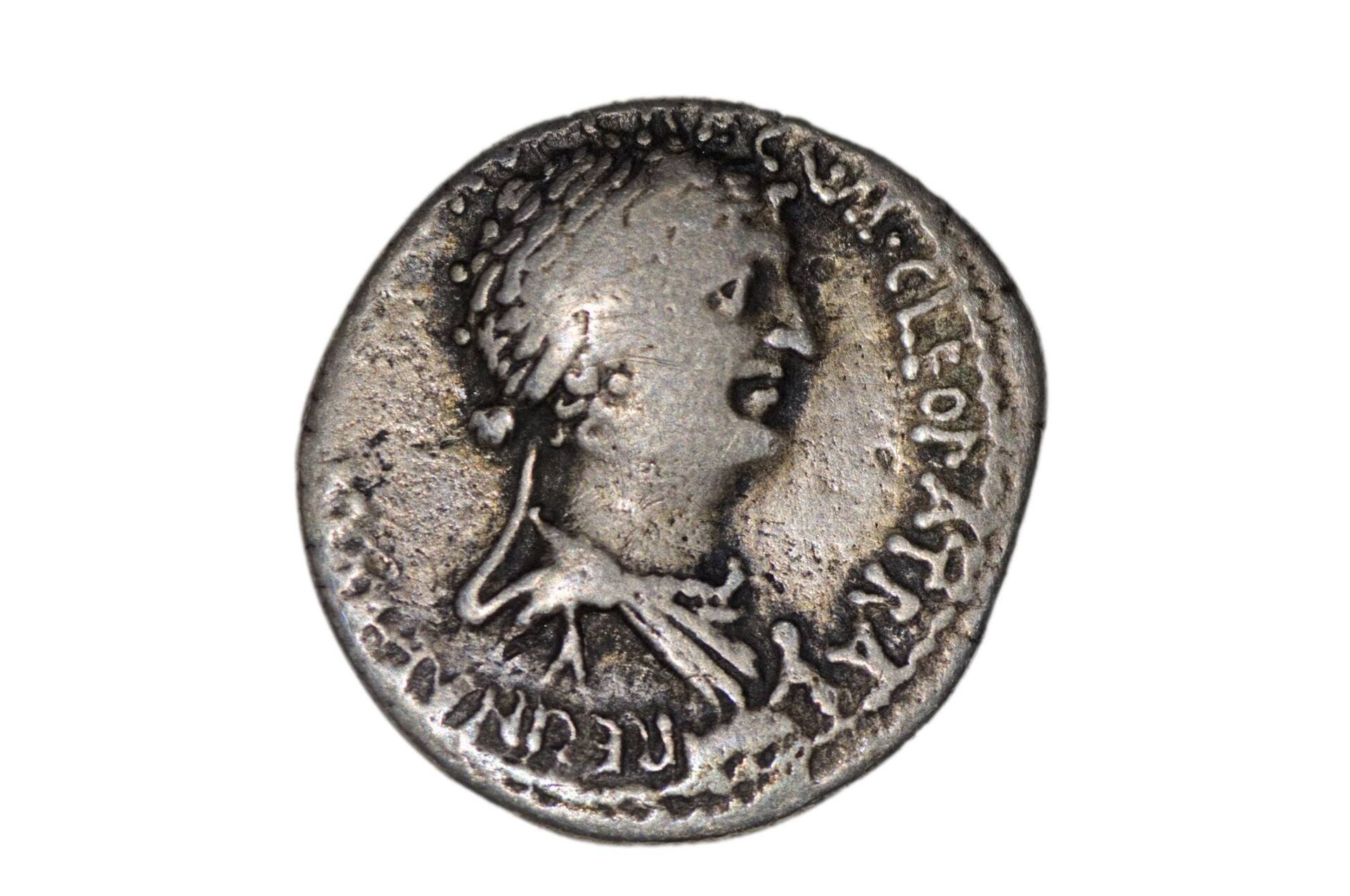Another year, another lame attempt to bring Cleopatra (aka Cleopatra VII Philopator Κλεοπάτρα Φιλοπάτωρ) to the screen, with the new docudrama from Netflix produced by Jada Pickett-Smith for celebrity cache but lacking the requisite academic credentials in Egyptology. Although the series does not premiere until May 10, it was generating enormous controversy at least a month in advance. Heads were exploding on Twitter almost continuously.
By casting a black British actress to portray Cleopatra as a black African, the Hollywood elite are showing the world that alternative facts are not the exclusive domain of the alt-right. So, let us now consider the facts instead of the alternative ones, as well as why Afrocentric scholarship is obsessed with the colour of Cleopatra, but before we do, let’s consider Egyptian culture and how they depicted themselves.
In early Egyptian art (ca. 2600 BCE), men tended to be portrayed with reddish or darker skin, while women tended to be portrayed as white. This might relate more to class than ethnic identity: men were more engaged in outdoor activity and women might spend more time within the household.
In contemporary Western culture, a tan means you have leisure time to spend outdoors doing leisure or sporting activities. In ancient times, it likely meant the opposite, leisure time meant you could stay indoors and not engage in manual labour. Thus, white skin was associated with privilege.
Similar attitudes hold true in parts of the Middle East today.
For example, an Egyptian protesting the Netflix series stated that Cleopatra was not black because she was “blonde,” and this was taken as an example on social media of Arabic people having racist attitudes about black Africans.

At one time, I undertook research in Syria and spent extensive amounts of time there. I would hear friends refer to a particular man or woman as “blonde,” which did not make sense as they had black or red hair. I learned that when Middle Eastern people say someone is “blonde” it’s a reference pale skin, rather than hair colour.
In any case, we should not regard ancient portraiture as a completely reliable source. Just as we airbrushed imperfections out of photos a few decades ago and today we modify our portraits on computers, ancient art presents an idealized representation rather than a realistic one.
What’s more, ancient art across different cultures frequently does rely on stereotypes. We know that Nubians were intermarrying with Egyptian royalty as early as the 4th Dynasty. In other instances, Nubians were taken prisoner.
In addition, tomb models depicting Nubian mercenaries fighting for Egypt, suggest that they likely settled there, and possibly took Egyptian wives. Mediterranean cultures were hopelessly entangled from an early date and possessed many different physical characteristics and skin tones. A great example is the Barbary pirate Hayreddin Barbarossa (Red Beard), who had an Albanian Muslim father and a Greek Orthodox mother, was born on Lesbos, and served the Ottoman empire!
But, back to Cleopatra:
- Cleopatra VII, was ethnically Greek or mainly Greek, descended from Alexander the Great’s general Ptolemy. When Alexander died, his four generals divided his empire, and Ptolemy ended up with Egypt. He and his descendants were named Ptolemy if they were male and Cleopatra if female, and the Dynasty ruled Egypt for approximately 300 years.
- Culturally, the Ptolemaic Dynasty was mainly Egyptian, although they spoke Greek, the art and architecture they commissioned was Egyptian in style, even though much of it carried Greek inscriptions. Interestingly, Cleopatra VII was the only member of the Ptolemaic Dynasty to be fluent in Egyptian. One could argue that despite her origins, this made her less Greek and more Egyptian, but it did not make her black.
- Regarding Cleopatra’s blood lines, the African American Classicist Shelly Haley, who is president of the Society for Classical Studies, has pointed out the identity of one of Cleopatra’s ancestors was unknown. Haley’s investigation indicates that one of her ancestors could have been black. The ancestor could also have been Egyptian, Greek, or something else.
Why all the hubbub? Why do black people want to claim Cleopatra as a “sister,” when she was essentially a loser in that she bet on the wrong Roman, ending Egypt’s independence after more than 3,000 years?
To that, I return to the late Martin Bernal (subject of an earlier op-ed), author of the much-maligned, Black Athena series, who got it right in a video of the Timeline series entitled “Athens, Daughter of Egypt?”
In this video, produced nearly 30 years ago Bernal raised the crucial strawman question, which he then goes on to answer: “Was Cleopatra black? No, she was olive skinned.
She was a Greek. She was queen of Egypt and her family had ruled Egypt for 300 years.
But we know she was a Greek because the family was incestuous for 300 years and so we’re pretty sure about her bloodlines. Interestingly the Romans tried to make her appear to be an Egyptian but there’s no question that she was in fact a Greek, and therefore … the idea of being black is not on.
The word black is now used in a very wide sense to cover a whole lot of people who are really of mixed African descent and certainly the Egyptians if they were to go to Mississippi or had been to Mississippi in the 1950s, if they had wanted a cup of coffee they would certainly have been refused.”
In Bernal’s last sentence quoted here, he ties down the conundrum: being olive skinned in the southern states of the US during the age of segregation, following the Civil War which ended slavery, being less than lily white could be enough to invite racism and prejudice. This is related to the concept of miscegenation: the concept that if you had one drop of African blood, you were black, no matter how pale your skin was, and as a result, society and the law treated you as a second-class citizen at best.
African American blacks read blackness based on their experience with miscegenation, and read Cleopatra accordingly, in that, you can’t treat them badly because they might have a drop of African blood, then claim Cleopatra as your own because she may also have had olive skin or possibly an African ancestor.

Australia also still carries a hangover of its racist past, where anyone with olive-skin is branded as a WOG (Wily or Western Oriental Gentleman or possibly short for golliwog), but more widely applied condescendingly to any dark-skinned person, despite Nick Giannopoulos’ and Simon Palomares attempt to own or diffuse the term, it is just as other offensive terms have been diffused by attempts to own them in other maligned communities.
What is really creating all the tears and hair pulling, is the fact that Africans have largely been excluded from history, and so they latch on to Cleopatra as a means of righting a wrong. A black student who thanked me for teaching the Black Athena subject, which had lectures on Nubian Kush and on blacks in the Classical world said to me something along the lines of, when we are included in history, it’s only to say that more labour was needed so another 500 slaves were transported to America.
In addressing this issue I basically say ‘who cares what colour Cleopatra was’, there are many ways to re-insert Africans into history. Instead of turning to a radical Afrocentrism with a false set of facts, I would like to see more movies, dramas, and documentaries about the Kushite rulers who conquered Egypt such as Taharqa and Queen Amanashakito forming the 25th Dynasty, or Nubian mercenaries, or Angelo Soliman who was brought to Vienna as a slave and made it into the royal court (and incidentally, whose ancestors are today prominent Australians), or Onesimus, a slave who introduced smallpox inoculation in the American colonies. The list is potentially endless. All we need to do is use our imaginations and create discursive space in our academies, bookstores, theatres and other media.
If we are to accept Odysseus Elytis view of Greekness as being more about the way you were brought up than where you were born, then Cleopatra was not culturally Greek, it was unlikely that she was black, and instead, she was Egyptian. And, yet, seriously, would casting an olive-skinned Greek actress in the role of Cleopatra have been that difficult?
Louise A. Hitchcock – Professor of Aegean Bronze Age Archaeology, Classics and Archaeology, University of Melbourne









